
A new study by French investigators shows that adenomyosis confined to the outer myometrium is associated with primary infertility—but not more diffuse disease.

A new study by French investigators shows that adenomyosis confined to the outer myometrium is associated with primary infertility—but not more diffuse disease.
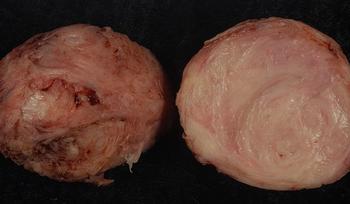
Although myomectomy may prolong the operative time and the postoperative hospital stay, there are numerous potential benefits including avoiding a follow-up operation to remove uterine fibroids.
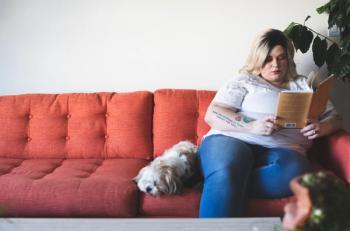
The authors reviewed studies with primary outcomes that were factors associated with unsuccessful pessary fitting and discontinuation in women with POP and 21 for final analysis.

Self-catheterization for over 1 month occurred in 13.6% of surgical cases, mainly after segmental colorectal resection.
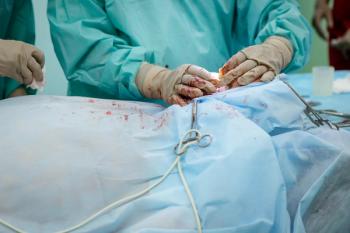
A new technique for repair of pelvic organ prolapse (POP) appears to be associated with good short-term outcomes, based on results of a new pilot study.

Presented by Kristen Pepin, MD, and Jon I. Einarsson, MD, PhD, MPH Brigham and Women’s Hospital, Boston

Based on the literature, a bundled intervention was created that included dual antibiotic prophylaxis (cefazolin and metronidazole) aimed at reducing surgical site infections for all patients undergoing hysterectomy.

Training gynecologic oncologists to perform cytoreduction for advanced ovarian cancer can result in better outcomes for patients, according to results of a new study
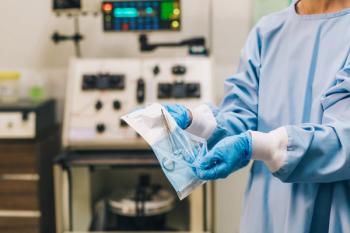
The study found that both patient- and treatment-related factors contributed to noncompliance.

The American Urogynecologic Society (AUGS) released new information on managing mesh problems, which includes guidance, treatment algorithms and ways to optimize treatment outcomes for these complications.
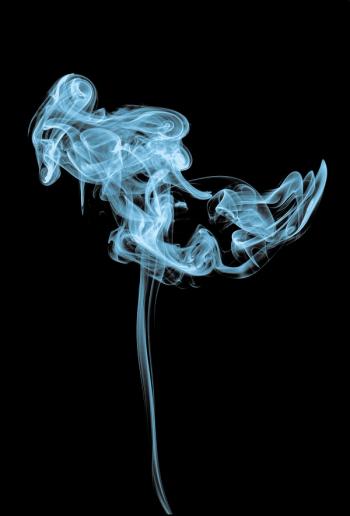
Though theoretical, the threat of aerosolized viral particles places health care providers at risk. Certain safety measures can be taken.
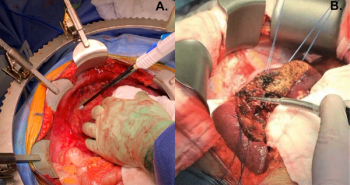
Adjunct surgical techniques such as ultrasonic aspiration and argon-enhanced electrocautery may be safely incorporated during primary debulking surgery for patients with advanced epithelial ovarian, fallopian tube or primary peritoneal cancer with miliary disease, according to a retrospective study in the International Journal of Gynecologic Cancer.

A South Korean prospective study has concluded that an injection of port-site bupivacaine hydrochloride following gynecologic laparoendoscopic single-site surgery (LSSS) does not provide any additive effect in alleviating postoperative umbilical pain.

Presented by Kristen Pepin, MD, Nisse V. Clark, MD, and Jon I. Einarsson, MD, PhD, MPH Brigham and Women’s Hospital, Boston.

In this video, a clinician discusses new data on how surgeons are doing tissue extraction for uterine fibroids.

Nisse V. Clark, MD, Renita Kim, MD, MPH, and Jon Einarsson, MD, PhD, MPH show how they treat multifocal bowel endometriosis in a 25-year-old G0 with dysmenorrhea, dyschezia, and cyclic rectal bleeding.

Use of simulation technology for training on labor and delivery is increasing and studies show it can help reduce complications such as perineal lacerations and brachial plexus injury.

Innovation is a major component of gynecologic surgery and surgeons at all levels play a role in progressing the specialty

A woman sues after a surgical needle was accidentally left in the patient during a vaginal prolapse surgery. Plus more cases.

Total vaginal hysterectomy was found to be associated with better postoperative clinical outcomes and lower hospital costs compared to either total abdominal or robotic laparoscopic hysterectomy, according to the results of a retrospective study presented at the 46th AAGL Global Congress on Minimally Invasive Gynecology.

One study looks at whether or not women with histories of breast or ovarian cancer are receiving necessary genetic testing. Plus: Can in-office hysteroscopy reliably evaluate uterine pathology? Also, researchers say mammographic density changes should be monitored in patients undergoing hormone therapy as a possible indicator of breast cancer.

Hysterectomy is the most common nonobstetric surgical procedure performed on women, with 1 out of 9 women undergoing it in their lifetime. Recent reports have indicated a sharp decline in the number of hysterectomies performed annually in the United States.

A California woman was 35-years-old when she delivered an infant with severe Down's syndrome and then sued all those involved with the prenatal care and alleged that both physicians were told the parents wanted all available testing because of a family history of birth defects. What's the verdict? Plus more cases.

A collegial debate on robotic versus laparoscopic hysterectomy highlighted the difficulties in researching the efficacy of robotics and whether it had a place in gynecologic surgery.

A woman sues her ob/gyn claiming that 3 miscarriages occurred because of an IUD that the ob/gyn believed had been expelled shortly after implantation, but was subsequently found using abdominal x-ray. Plus more cases.